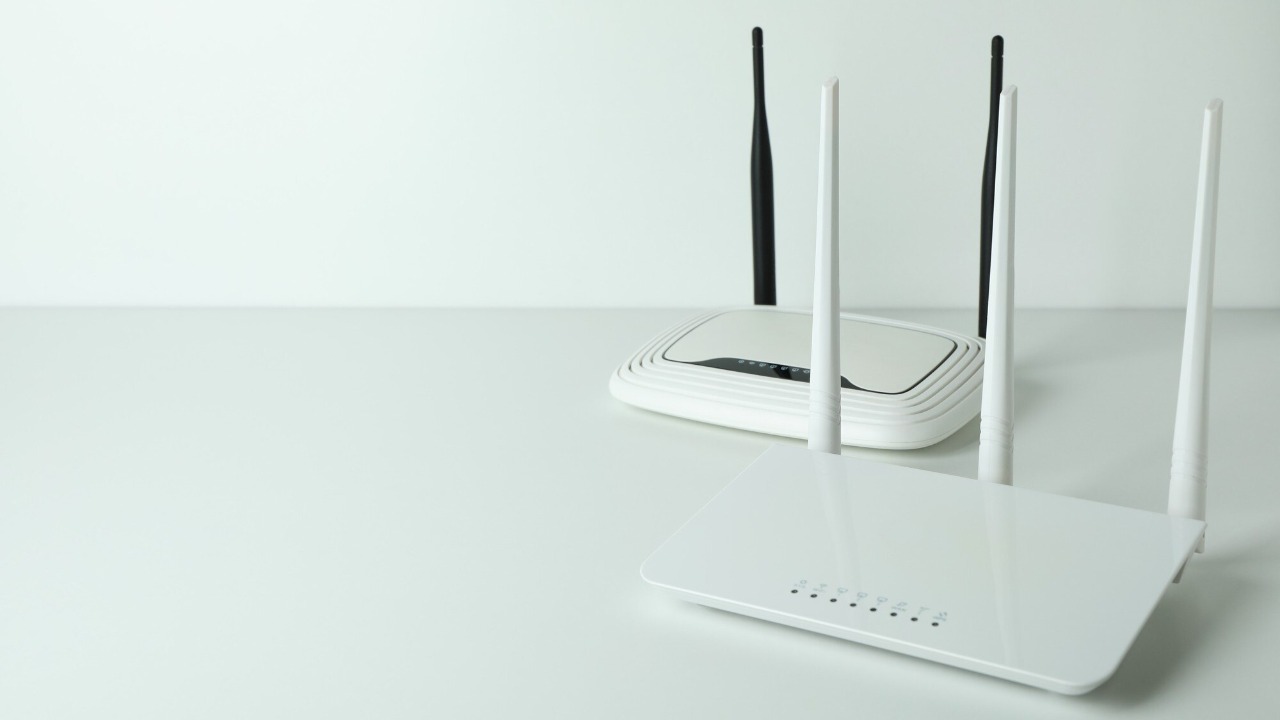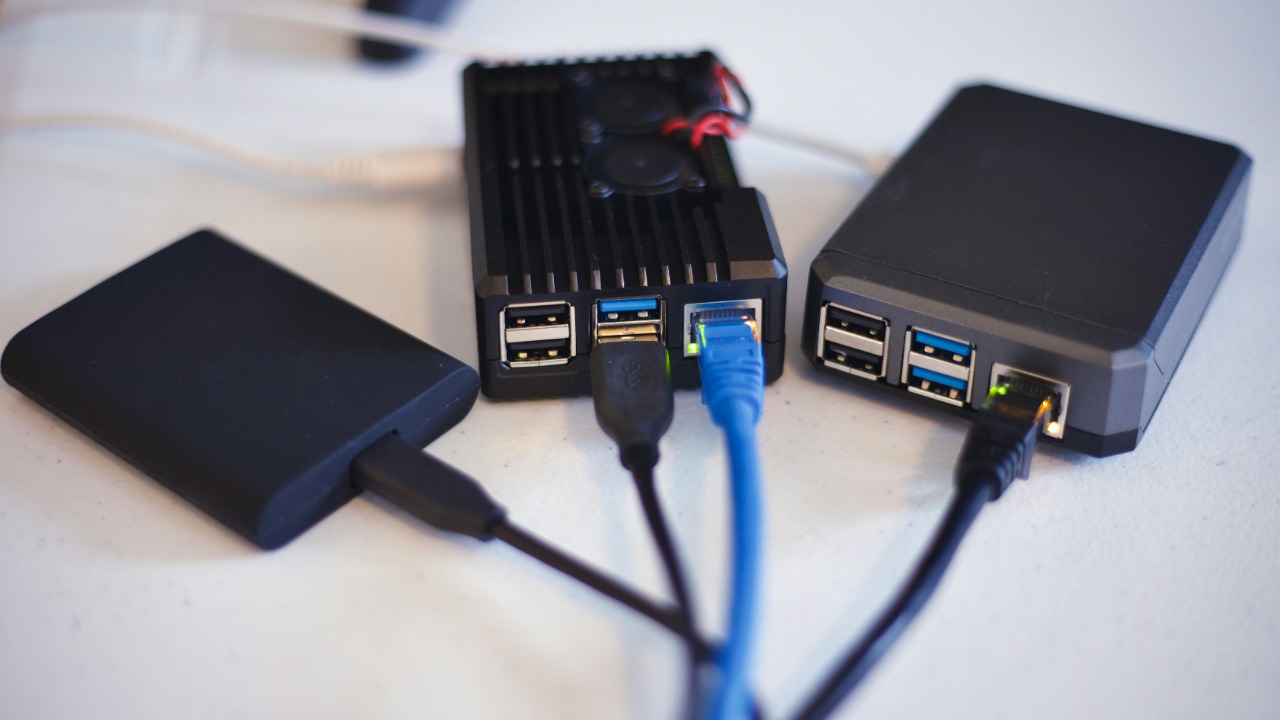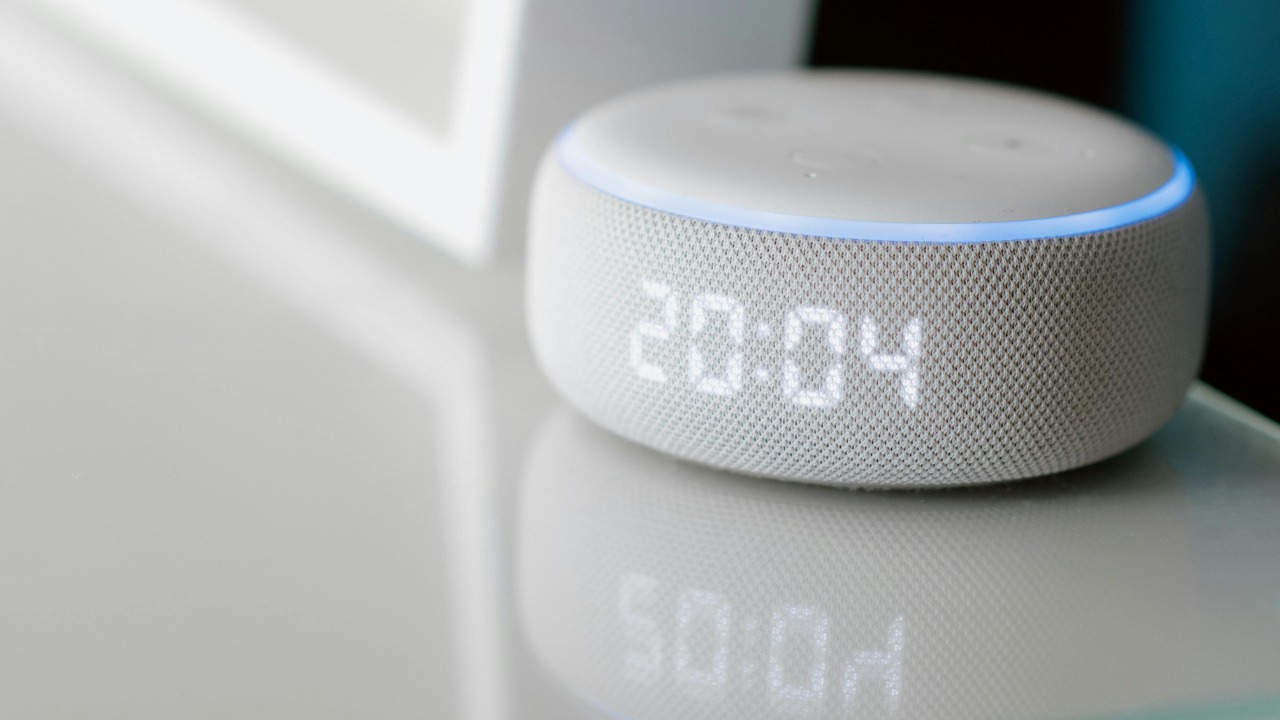
In a world where connectivity is king, securing your Internet of Things (IoT) devices is more crucial than ever. These smart gadgets, from thermostats to security cameras, are part of our daily lives, making it essential to protect them from potential threats. Here are nine effective strategies to safeguard your IoT devices and ensure they remain safe and sound.
1. Keep Software and Firmware Updated

One of the simplest yet most effective ways to secure your IoT devices is by keeping their software and firmware up to date. Manufacturers frequently release updates to patch security vulnerabilities and improve overall performance. By ensuring that your devices are running the latest version, you can protect them from known exploits and malware.
Many IoT devices offer automatic update features, which can save you the hassle of checking for updates manually. If this option is available, make sure it’s enabled. For a deeper understanding of IoT security, you can explore this comprehensive guide on IoT vulnerabilities and defenses.
2. Change Default Credentials

Many IoT devices come with default usernames and passwords that are easily accessible to hackers. Changing these credentials as soon as you set up the device is critical to prevent unauthorized access. Choose a username and password that are unique and difficult to guess, avoiding common words and phrases.
Failure to change default credentials can leave your devices vulnerable to attacks, as seen in numerous cases where security cameras and other IoT devices have been compromised. Always prioritize updating these credentials to enhance your security posture.
3. Implement Strong Passwords

Strong passwords are the cornerstone of device security. Use a mix of uppercase and lowercase letters, numbers, and special characters to create a robust password. Avoid using easily guessed information such as birthdays or common words.
Consider using a password manager to generate and store complex passwords for all your devices. This not only simplifies the process but also ensures that you don’t reuse passwords across multiple devices, reducing the risk of widespread compromise.
4. Enable Two-Factor Authentication

Two-factor authentication (2FA) adds an extra layer of security to your IoT devices by requiring a second form of verification in addition to your password. This could be a code sent to your phone or an authentication app.
By enabling 2FA, you make it significantly harder for attackers to gain access, even if they manage to obtain your password. Check if your IoT devices offer this feature, and if so, enable it to enhance your security.
5. Use a Secure Network

Ensure that your home network is secure by using a strong, unique password for your Wi-Fi. Avoid using default network names (SSIDs) that might give away your router’s make or model, as this information can be useful to hackers.
Additionally, consider changing your network name and password periodically to further secure your connection. For more insights, you can read about securing the Internet of Things and best practices for network security.
6. Disable Unnecessary Features

IoT devices often come with a range of features, some of which you may never use. Disabling unnecessary features can reduce the risk of vulnerabilities that could be exploited by attackers.
For instance, if a device offers remote access but you don’t plan on using it, turn it off. This reduces the number of potential entry points for hackers and simplifies the management of your device’s security settings.
7. Isolate IoT Devices on a Separate Network

Consider placing your IoT devices on a separate network from your main devices, such as computers and smartphones. This can prevent a breach in one area from affecting your entire network.
Using a guest network for IoT devices limits their access to sensitive data and ensures that even if an IoT device is compromised, your primary devices remain protected. This practice enhances the overall security of your home network.
8. Regularly Monitor Device Activity

Keeping an eye on your IoT devices’ activity can help you spot unusual behavior early. Most devices have logs or notifications that can alert you to unauthorized access attempts or other suspicious activities.
Regularly reviewing these logs and setting up alerts can provide you with crucial information about your devices’ security status. For example, if you notice repeated login attempts, it could be a sign that someone is trying to breach your device.
9. Invest in a Comprehensive Security Solution

Consider investing in a comprehensive security solution that covers all your IoT devices. Security suites specifically designed for IoT can provide features such as network monitoring, threat detection, and automatic updates.
For detailed insights into IoT security measures, you can explore this analysis on IoT security cameras. With the right security solution, you can enjoy peace of mind knowing that your devices are protected against the latest threats.